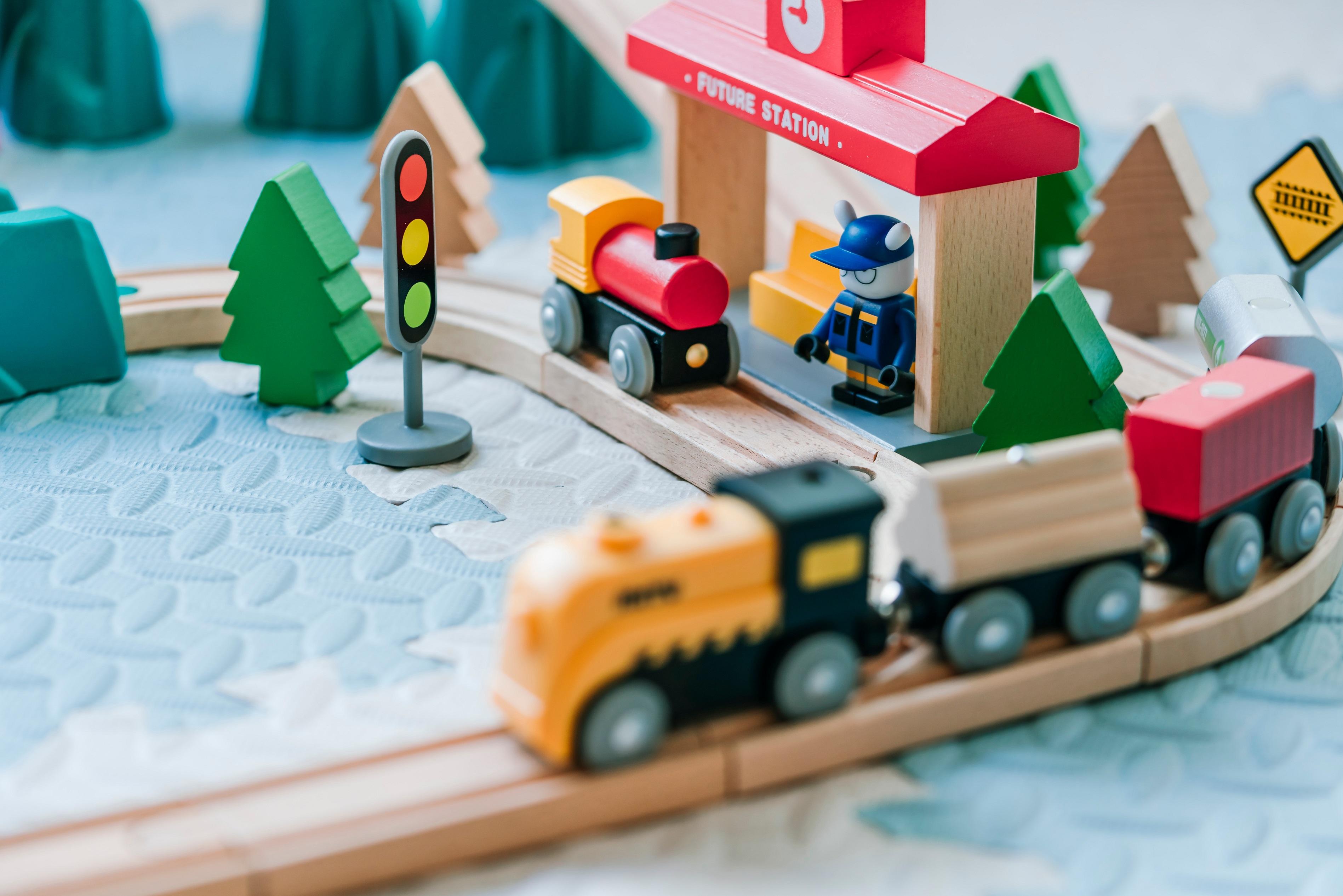


Why do Children Love Trains?
1 July 2023
Trains give children a real sense of adventure and most young kids love them. They might use them to ride to school, to visit grandparents or to go on an expedition to the shops to buy a new toy.
Freedom of movement
They are free to move around on trains in a way they are not when restricted in car seats. You may find yourself accompanying your toddler up and down the train for an entire journey just for the thrill of balancing with the motion of the train and seeing lots of different faces in the carriages. In fact, your two-year-old may have you walk the full length of the train for an entire 2-hour journey, testing your balance and patience to the max.
Sense of adventure
Going to a station, buying a ticket and waiting for the train is a set of rituals that evoke a sense of adventure. The process creates a sense of occasion. On the platform and on the train there are lots of people to watch. It’s easy for the accompanying adult to fall into conversation with strangers even if just to check your train is going to the correct destination. Games of peekaboo easily start with little children who can stay in their pushchairs on the train. You can teach a child that the uniformed conductor or assistant at the station is a safe person to turn to with questions or if they feel threatened.
Trains are more interactive for children than being buckled in a car seat. They can push the button to open the doors, give their tickets to the inspector and count the stops. They can use the toilets on board and often they can ride an escalator to the street. There might be a trolley of refreshments.
Older children experience freedom if they are travelling to and from school on a train, even if it’s just a few stops. When they have grown confident on the trains to commute they can use it to do things at the weekend.
Toys
Children can replicate trains, tracks, stations and other railway features if they have even a very basic set at home. Wooden jigsaw rails with one engine and a carriage give children something to construct and put in motion. It is said that this motion attracts boys and is connected to the amount of testosterone but parents of girls who love train sets may wish to debate that.
Constructing a railway and pushing a train along it is certainly a brilliant form of structured play that will encourage your child to consider engineering or sciences eventually. The rolling of the toy train promotes spatial awareness. Starting with just a few pieces, children can add to their set with pocket money or by asking for extras at birthdays and Christmas.
As children get older they can start to recognise and track locomotives. They can differentiate power used by different engines, different sizes and history. In short, they can geek out on trains! They may develop a love of engineering or even turn into actual trainspotters with a hobby for life.
Photo by Jerry Wang on Unsplash
